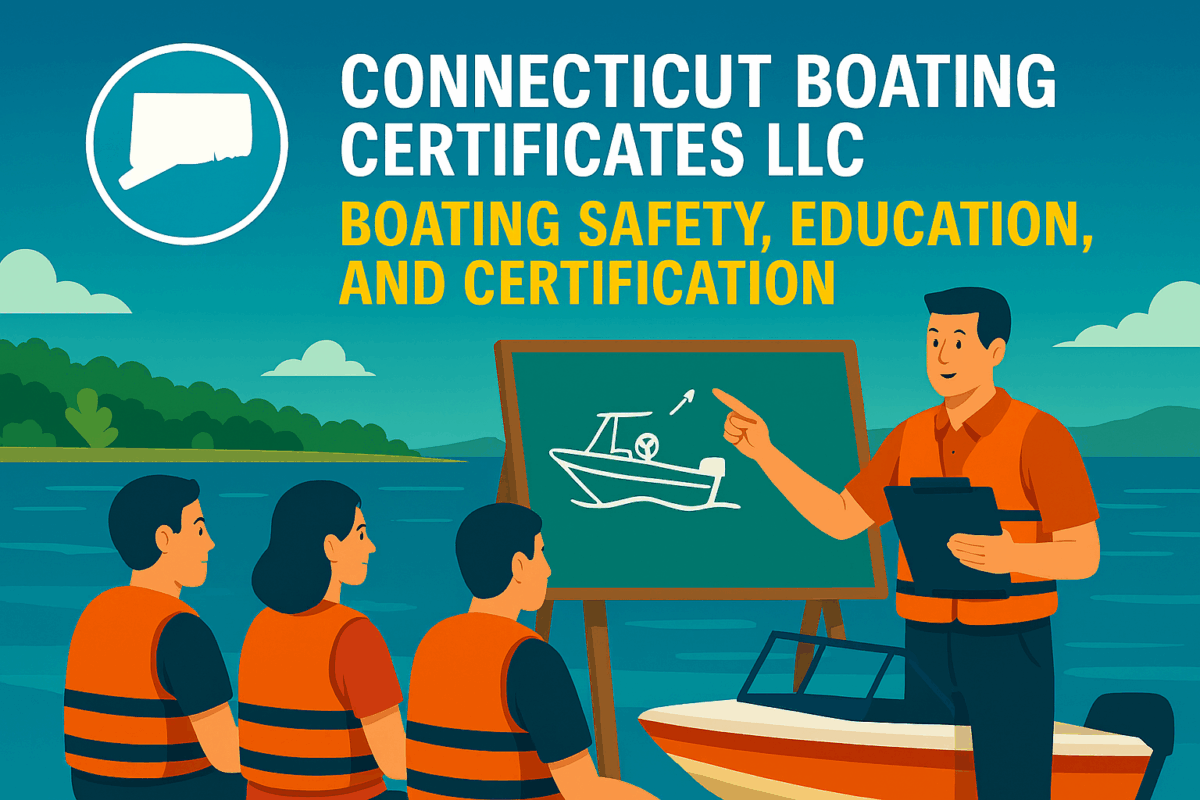Call: 1-800-832-7191

Waterskiing Hand Signals
Using hand signals while waterskiing is very important for safety and communication between the skier and the boat driver or spotter. Since verbal communication is impossible over the noise of the boat and water, hand signals are the standard way to convey messages.
Hand signals are crucial in waterskiing for several key reasons:
1. Safety
- They allow the skier to communicate distress or discomfort immediately (e.g., if they fall, feel unsafe, or want to stop).
- The boat driver can respond quickly to avoid accidents or injuries.
2. Clear Communication
- The engine noise, wind, and distance make verbal communication impossible.
- Hand signals provide a universal, non-verbal language between the skier, spotter, and driver.
3. Coordination
- Signals help synchronize actions like starting, adjusting speed, turning, or ending the session.
- This coordination ensures a smoother and more enjoyable experience for everyone involved.
4. Standardization
- Most hand signals are standardized and widely recognized, making it easier for skiers and boaters to understand each other even if they haven’t skied together before.
Would you like a downloadable or printable guide to the standard hand signals?
Here are some common waterskiing hand signals:
- Thumbs Up: Speed up
- Thumbs Down: Slow down
- Flat Hand Palm Down: Maintain current speed
- OK Sign (thumb and index finger in a circle): Everything is fine
- Slashing Motion Across the Neck: Stop or cut the engine
- Pointing in a Direction: Turn in that direction
- Patting the Head: Return to the dock or I’m done skiing
- Waving Arm Overhead: Skier has fallen or needs help
Like this? Visit our Blog Page for more fantastic information!
Check out the United States Coast Guard’s article on recreational summer safety
